August 12, 2025 • 25 min read
Unified Customer Experience: Strategies & How to Create It

Content Writer
August 12, 2025

87% of customers surveyed say they want consistency across all channels, but only 29% of companies deliver it effectively.[*] The disconnect between customer expectations and company performance is clear as day, and these fragmented experiences erode trust, loyalty, and revenue faster than you imagine. This is where unified customer experience (UCX) comes in.
This guide is here to unpack everything you need to know about UCX: what it is, critical pieces to know, how it’s not just traditional customer experience (CX), how to put it to work, what tools make it possible, how to measure UCX success, and the different industries that rely on it to get an edge.
What is Unified Customer Experience?
Unified customer experience (UCX) is the way you deliver consistent, personalized, and seamless interactions through each and every customer touchpoint via integration of systems, channels, data, and manpower into a single, unstoppable ecosystem. This isn’t your fragmented way of doing things in silos, UCX makes everything from your sales and marketing to your product and support teams come together to form a holistic customer story.
UCX, when assembled correctly, ensures that no matter where or how your customers interact with your brand, they get something consistent, high-quality, context-rich, and real.
Key Components of Unified Customer Experience
Strong UCX foundations are formed on several core elements concerted together to ensure each component works in tandem to deliver scalable and coherent CX:
- Omnichannel Engagement: Customers move fluidly between your touchpoints (like jumping from SMS to live chat to website support) without losing or missing a beat contextually
- Centralized Data: Unified databases (usually done through a CDP) aggregate together customer data from every system to ensure singularity
- Personalized Experiences: Interactions are cut and tailored to behavioral, historical, and demographic data through AI-powered platforms and technologies to ensure customers feel like individuals and not numbers
- Consistent Branding: Messaging, tone, UX design, and corporate identity and values are aligned together across every possible touchpoint to show customers can trust you and not see you as duplicitous or uncertain in brand
- Proactive Support: Anticipatory service using predictive analytics to stop issues from occurring before customers even can reach out
- Streamlined Processes: All the behind-the-scenes resources (systems and workflows) are optimized to cut down on potential snafus and friction to ensure no delays happen
- Continuous Improvement: Dynamic feedback loops and analytics come together to enable endless improvement and refinement of your CX strategies
Why Unified Customer Experience is Critical for Business Success
Using UCX is something you cannot logic or negotiate your way out of, it’s a core business directive. Brands need to deliver seamless and consistent experiences to even whiff potential rewards in customer outcomes and more robust financial performance.
Customer-Centric Benefits and Outcomes
Customers need to experience seamless service before they think of rewarding companies with loyalty and advocacy. Before your customers become your ambassadors, you need to show you’re customer-centric, but once you do, you unlock these following benefits:
- Higher Customer Satisfaction: The fastest way to higher CSAT and NPS scores is streamlining all services and making sure to make everything feel consistent
- Enhanced Customer Loyalty: Customers are more likely to return to companies that provide them personalized and quality interactions that prioritize fostering positive emotional connections, these customers are also less likely to switch brands if they feel happy with their current providers
- Improved Customer Retention: Cohesive and coherent experiences are what you can do to reduce churn by up to 15%, especially when you’re fighting for eyes and hearts in cutthroat industries[*]
- Higher Conversion Rates: Increase sales conversion by 20-30% when you make the effort to make your experiences friction-free and personalized because customers convert when you walk the walk after talking the talk[*]
- Reduced Customer Effort: UCX means removing repetitive form-filling or cutting down the times your customers have to repeat or restate information across all their channels, this immediately starves off customer frustration
Business Impact and Financial ROI
UCX means driving real, tangible, and financial benefits that cross over past the customer-facing frontlines, we’ve put the big ticket items here:
- Reduced Support Costs: Studies show that offering self-service options (think chatbots and well-stocked knowledge bases) and proactive support leads to reductions in ticket volume by 25-40%[*]
- Data-Driven Strategic Insights: Centralized analytics means better information for stronger business decisions that touch everything from marketing to operations and product development
- Operational Efficiency Gains: Process alignment and smarter automation mean cutting down human errors like poor handoffs and staffing redundancies, overall working to make team productivity a reality
- Increased Customer Lifetime Value: UCX runs up your customers’ overall lifetime value (CLV) by encouraging them to stay with you even longer, some say they saw a 10-25% increase in CLV[*]
- Revenue Growth: Outperform your competitors by strengthening your overall UCX strategy to see 4-8% revenue growth above your closest rivals YoY[*]
How Unified Customer Experience Differs from Traditional Customer Experience
Conventional CX frameworks were just made to ensure you could manage interactions across individual touchpoints, they find themselves outdated and slow when we think of what is asked for by customers today. UCX represents the demanding and reaching future you face.
Traditional CX Limitations and Pain Points
Traditional CX is sadly formed on disjointed and noncommunicative grounds. What that means is customer data is scattered across departments and platforms, with no way to chat with one another. Fragmentation leads to awful things like information gaps or your customers having to repeat themselves again. This cascades into employees working without context. To make matters worse, each channel may operate independently, making it so some customers have a good time and others feel jilted.
Traditional support is reactive, only really kicking in when trouble starts and your customers are halfway out the door. Without a unified look into your customer journeys, personalization is trite and your decision-making is so shallow that nothing substantive or iterative comes from it. That’s not even accounting for manual processing and the way your handoffs become repetitive. It’s clear that traditional CX just cannot scale or delight customers.
Unified CX Transformation Advantages
UCX replaces this patchwork approach with an integrated ecosystem that makes all those data, tools, and teams unite into something better. Every interaction you get is powered by the most recent and updated customer profile. No more repeated information. No more guessing who the client is, front to back. Someone can reach out by chat, phone, or social media and expect your brand’s high level of responsiveness and personalization.
Intelligent systems don’t just respond to queries, they anticipate future needs, call for proactive support, and make sure your customers aren’t running out the door. 73% of customers expect companies to understand their unique needs and expectations.[*] Full journey visibility working side by side with your newly automated workflows delivers faster and cohesive experiences that keep customers and keep your staff cool and collected.
Omnichannel vs. Multichannel vs. Unified Customer Experience
Here’s a quick table overview showing you the core differences between omnichannel vs multichannel vs UCX:
| Approach | Description | Integration Level | Example |
|---|---|---|---|
| Multichannel | Multiple channels exist independently | Low | A brand has phone, email, and live chat, but agents don’t share info |
| Omnichannel | Channels are connected for smoother transitions | Medium | Customer moves from app to call center without repeating info |
| Unified CX | All systems, data, and teams work as one | High | A rep sees complete history, preferences, and journey in real time |
Essential Components of a Unified Customer Experience Strategy
Success in UCX strategizing is simple: it’s commanding the right infrastructure, the right alignments, and connecting the right people together. Here are some of the key components your organization needs to scale and design UCX the right way:
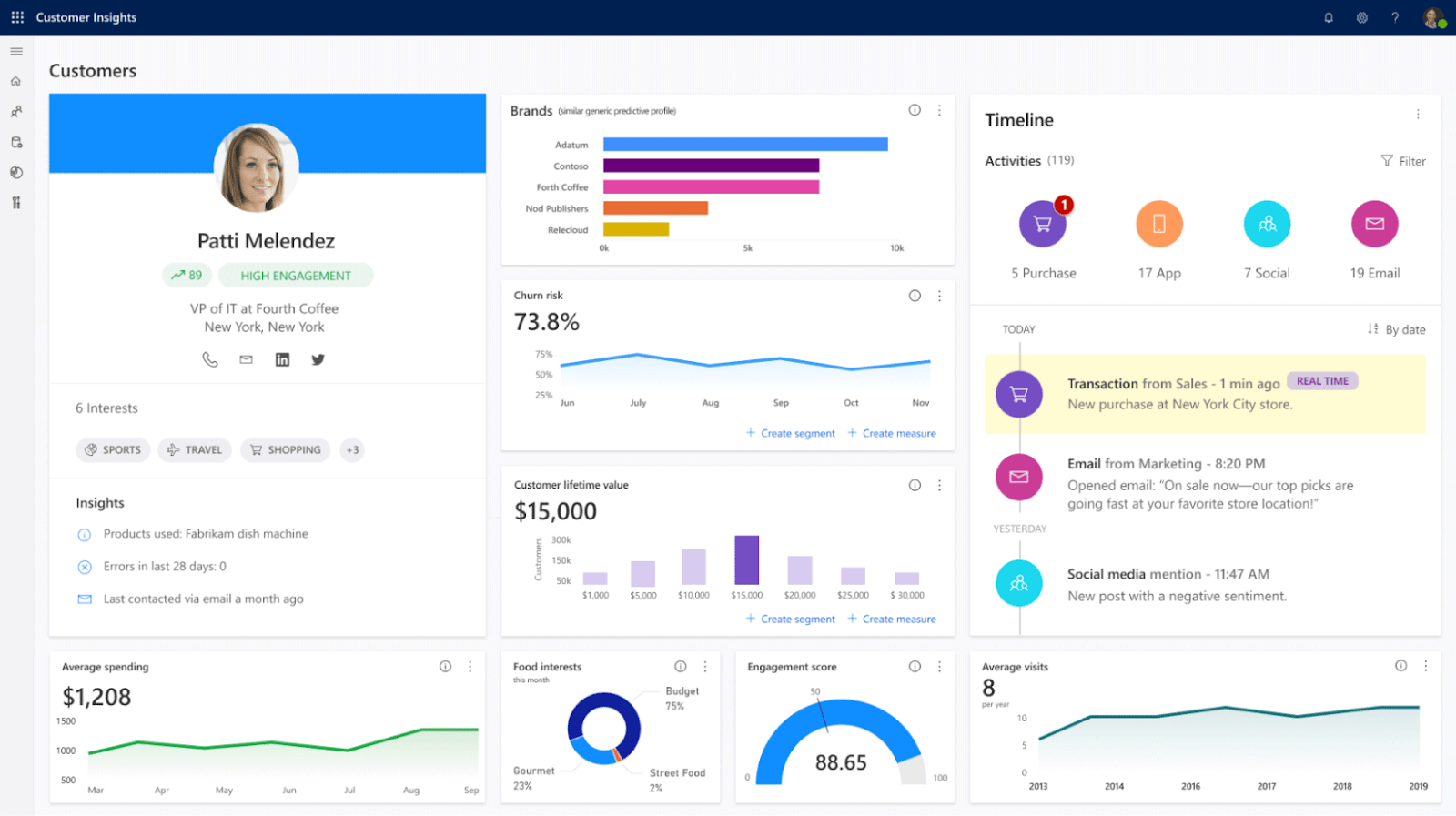
Centralized Customer Data Platform (CDP)
A CDP is your UCX ecosystem’s brain: consult your structured and unstructured customer data everywhere from your CRM, email, support tools, and website and take them into a unified profile system. Every team gets updated insights to bring together consistent personalization, service, and messaging.
Key CDP capabilities include:
- Ingests and unifies customer data from multiple sources (CRM, web, email, POS, support, IoT)
- Identity resolution to build a persistent, unified customer profile across touchpoints
- Dynamic segmentation and audience building based on behavioral and demographic data
- AI and machine learning-driven analytics for actionable insights and real-time profile updates
- Integration and activation with external channels (marketing, service, personalization tools)
- Comprehensive data governance and privacy controls to ensure compliance and data security
With a robust CDP, teams across the organization operate from the same customer truth, orchestrating seamless, up-to-date experiences everywhere.
Omnichannel Integration and Channel Management
If you’re not seamlessly transitioning customers along your channels, you’re not doing UCX right. Proper integration between your channels (email, chat, social, phone, etc.) means ensuring contextual continuity. Use channel orchestration tools to handle your hand-offs, prioritize engagement, and synchronize data through all your systems instantaneously.
Key capabilities of omnichannel management software include:
- Real-time journey orchestration across web, mobile, chat, social, email, and phone
- Contextual data sync for a unified interaction history at each touchpoint
- Automated routing and escalation rules for efficient hand-offs between teams/channels
- Centralized workspace to monitor, prioritize, and manage conversations and tasks
- Pre-built integrations with core business tools (CRM, ticketing, analytics)
- Analytics on engagement patterns, hand-off efficiency, and channel effectiveness
By integrating and managing all communication channels, brands guarantee continuity, context, and quality at every customer interaction.
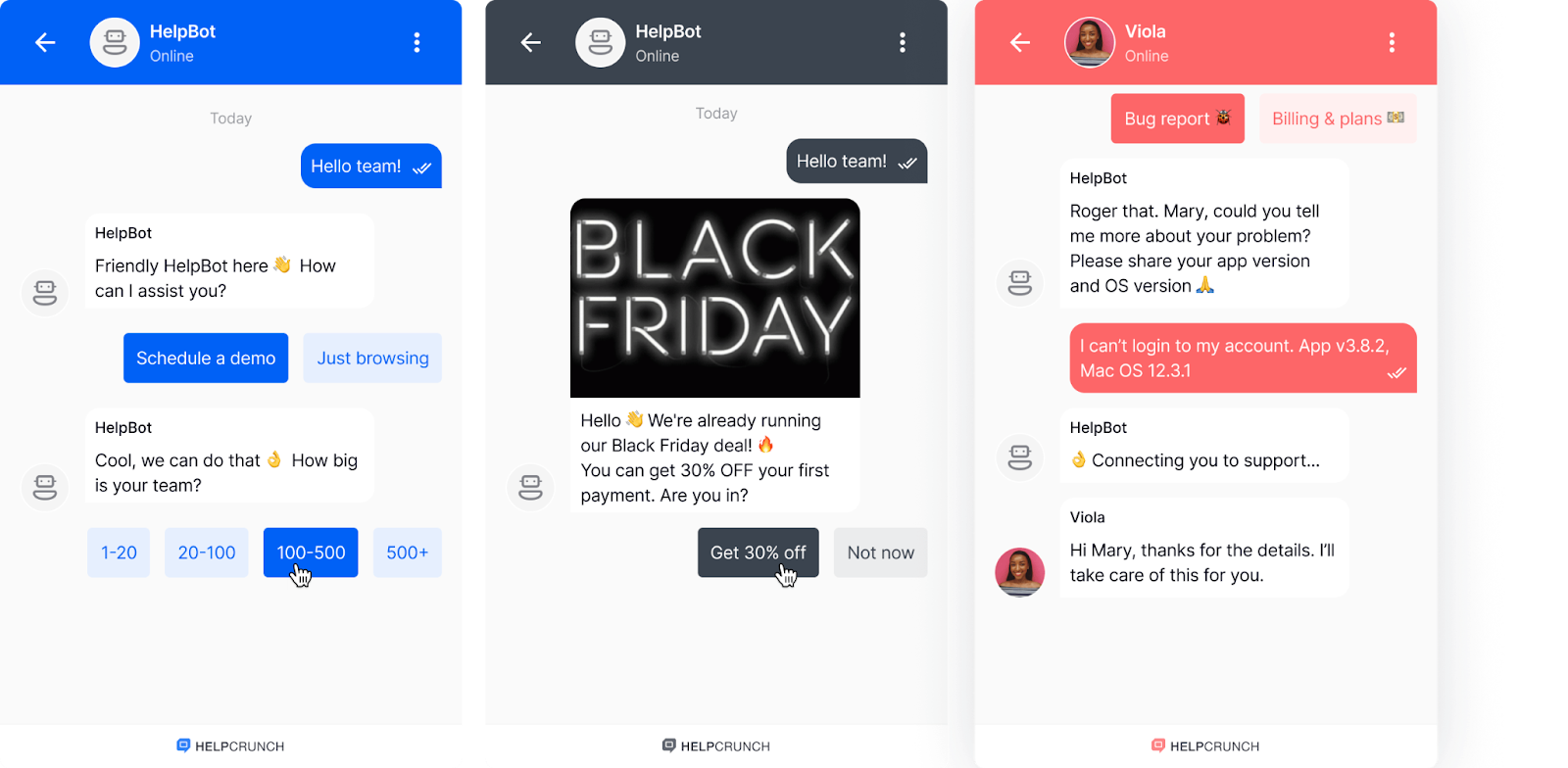
AI-Powered Automation and Intelligence
Artificial intelligence is what powers responsive, personalized, and proactive CX that scales. Chatbots will take on your tier-one support, your predictive analytics are what stop churn in its tracks, and machine learning segmentation allows you to find specific audiences for campaigns. When you use them in tandem with humans, you make interactions that are richer.
Here’s some must-haves for your AI integrations:
- AI-powered chatbots and virtual agents for instant tier-one support
- Predictive analytics to identify churn risks, buying signals, and service needs
- Automated customer segmentation based on real-time behavior and intent
- Natural Language Processing (NLP) for intent detection and sentiment analysis
- Proactive messaging and workflow automation for rapid response and personalization
- Seamless hand-off protocols to route complex issues to human agents
Integrating AI automation ensures each contact point is faster, smarter, and more relevant, while letting humans focus on interactions that matter most.
Customer Journey Mapping and Analytics
Visualize your entire customer journey by finding friction points and places where customer needs are just unmet. Journey analytics keep score of behavior across devices and time.
Core functionalities of a good journey mapping tool often include:
- Visual journey builder mapping end-to-end customer interactions across touchpoints
- Timeline views with drag-and-drop editing for scenario planning
- Real-time journey analytics with funnel, drop-off, and conversion reporting
- Integration with sentiment and feedback sources for contextual overlays
- Collaboration features for teams to co-create, annotate, and optimize experiences
Layering this with your sentiment analysis and personal success metrics allows you to keep the UCX flow going while improving it every step of the way.
Employee Empowerment and Training Framework
Agents and staff are more than their scripts and canned lines, they want to work autonomously, they want to have context to better service their customers, and they want AI tools that make life easier for them.
Key things to think about implementing include:
- Interactive training modules for cross-channel communication and new CX tools
- AI-driven recommendations and next-best-action prompts for agents
- Scenario-based coaching for emotional intelligence and de-escalation
- Collaboration platforms for peer learning and knowledge sharing
Training programs need to evolve to arm your team with tools for cross-channel communication, to make better data-informed decisions, and to keep the human element alive in emotionally intelligent service.
Feedback Loops and Continuous Improvement Systems
CX excellence is something that comes in waves and iterations. 67% of customers expect real-time customer service.[*] So be sure to do real-time alerts, employ NPS feedback, and prioritize VoC (Voice of Customer) tools to enable rapid response to issues. A structured process that acts on feedback and measures the real impact is what allows you to truly refine systems and sustain your improvement cycles.
How to Create and Implement a Unified Customer Experience
90% of companies plan to increase customer experience technology investments.[*] Unified CX is not something that happens overnight or over hastily made decision-making. Before you botch your UCX implementation, stop and read through these short steps to help you carefully plan, phase out, and align together a strategy that makes sense for your organization.
Step 1: Define Clear Objectives and Success Metrics
You need to know where to steer your UCX ship, and that comes from having a heading. What exactly do you want to solve from a problem perspective? You need to ensure that your goals are something that translates across departments and that you’re mapping customer experience KPIs to the right outcomes (higher CLV, churn reduction, and even better NPS scores are a few common asks companies have).
Step 2: Choose the Right Unified CXM Platform and Technology Stack
Seek out scalable platforms that actually integrate and interlink with any existing systems you have while supporting real-time analytics and possible customer experience automation efforts you have in mind. You need to think of the three tenets: security, flexibility, and vendor support. These bedrock principles are must-haves for any tech stack.
Step 3: Break Down Organizational Silos and Foster Collaboration
Your UCX efforts will die on the vine if your departments still act like their independent entities and not cogs in the larger machine. You need to foster cross-functionality within your teams and implement processes that pretty much force data sharing, joint planning, and a shared sense of accountability.
Step 4: Prioritize Data Security and Privacy Compliance
Data security is not a nice-to-have, customers expect you to treat their data like their lives and protect these assets. Ensure that CCPA, HIPAA, and GDPR regulations, amongst others, are met. You need to choose vendors who have encryption that’s robust, allow you to manage consent settings, and have audit trails.
Step 5: Start Small, Iterate, and Scale Systematically
Don’t think you can do this all in one shot, UCX is made to work iteratively. You should be piloting your UCX improvements towards specific journeys or business units, then tweaking through feedback and results before doing a broad rollout. Do not halt your operations for the cutting edge.
Step 6: Measure, Analyze, and Continuously Optimize
Dashboards and VoC tools exist to help you track progress within the UCX journey map you have. Monitoring engagement patterns, seeing the support volumes as well as any conversion trends, is a critical step. Use these insights to move around content, adjust your processes to fit workflows, and rotate tools regularly to see if there are strong alternatives.
Software and Technology You Need to Build Unified Customer Experience
Technology is the heartbeat behind every facet of your successful UCX initiatives, but just stacking these tools together is not enough. You’ve got to go out of your way to choose platforms that integrate, automate, and actually turbocharge every customer-facing interaction.

Customer Relationship Management (CRM) Software
Do you want those consistent interactions? Well, you need airtight alignments between your existing CRM systems and the many contact center solutions you have spinning. Integration of your platforms ensures your reps and staff have the big contextual picture of it all, whether that’s just purchase history, previous complaints, or their open tickets at their fingertips.
Here’s what to look for:
- Robust and full-view customer profiles that fuse together purchase history, prior interactions, tickets, and preferences for a quick peek
- Automated lead and opportunity scoring, predictive sales forecasting, and “next-best-action” AI nudges to guide reps to the right moves
- Built-in omnichannel communications (email, calls, chat) right inside the agent workspace, so tools don’t get in the way of relationship-building
- AI-powered chatbots and virtual assistants that fast-track routine queries and hand off nuance to human experts
We have hot picks that include Salesforce Service Cloud, Zendesk, and HubSpot Service Hub. Tools like these assist in bridging together your distaff service and sales teams, ensuring that everyone operates with the same intelligence.
Customer Data Platform (CDP) and Analytics Tools
CDPs or Customer Data Platforms, well, these collect and unite all the nitty gritty behind your customer data from across systems: web behavior, purchase history, support tickets, and/or email responses. They do the hard work and take all these and transform them all into a centralized profile. Do not confuse these with CRMs, which often unfortunately silo sales-focused data, whereas CDPs offer a complete, real-time view of customer behavior and preferences.
Look out for big platforms like Segment, Treasure Data, or Bloomreach. We found that these are the best at helping you to build segmented but personalized experiences that feel coherent regardless of channel.
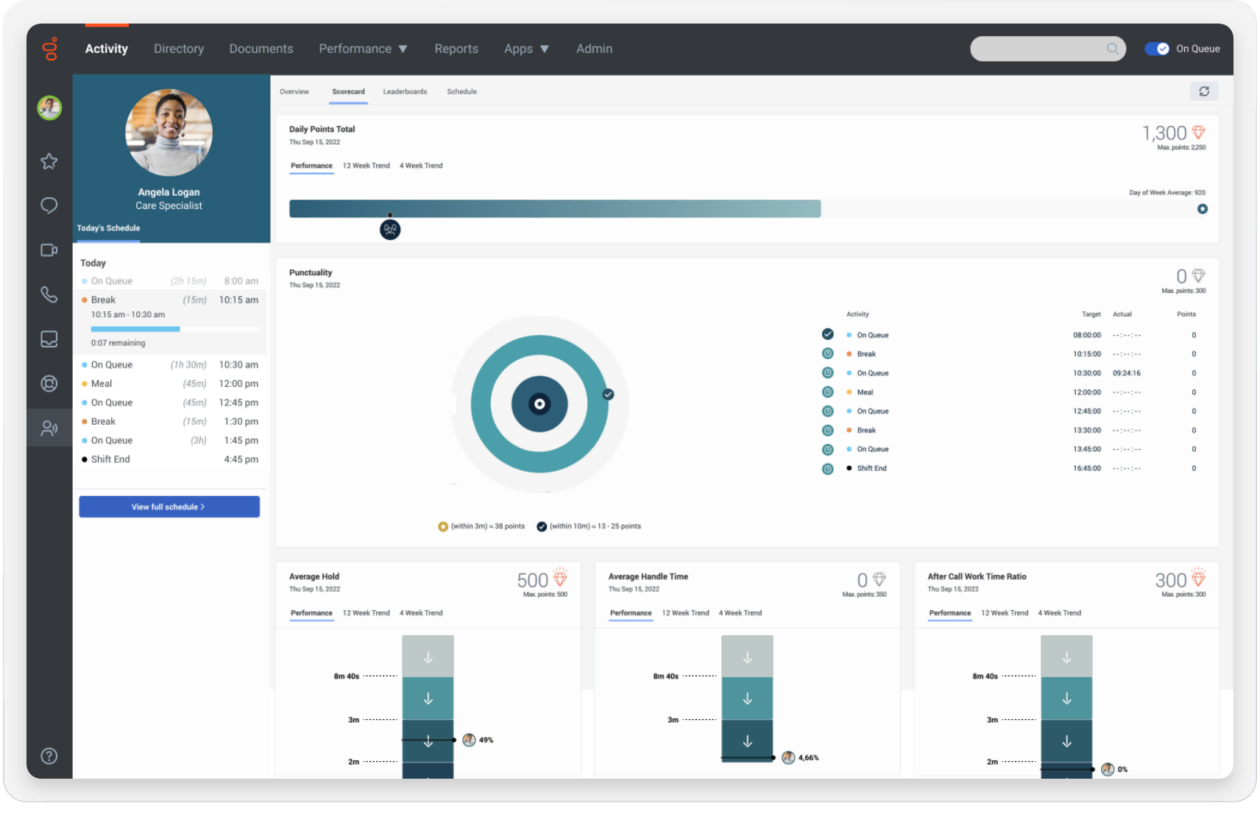
Omnichannel Communication and Contact Center Platforms
Omnichannel communication tools take the guesswork out of taking care of your customer communications. Pick your poison, whether it’s voice, SMS, email, live chat, and social channels, these tools will give you the power to offer customers a consistent and killer experience no matter what crevice they choose to come from.
We think the strongest tools include Genesys Cloud, Twilio Flex, and Intercom. These advanced platforms are known for their functionalities like intelligent routing, unified agent workspaces, and AI-powered message routing and prioritization.
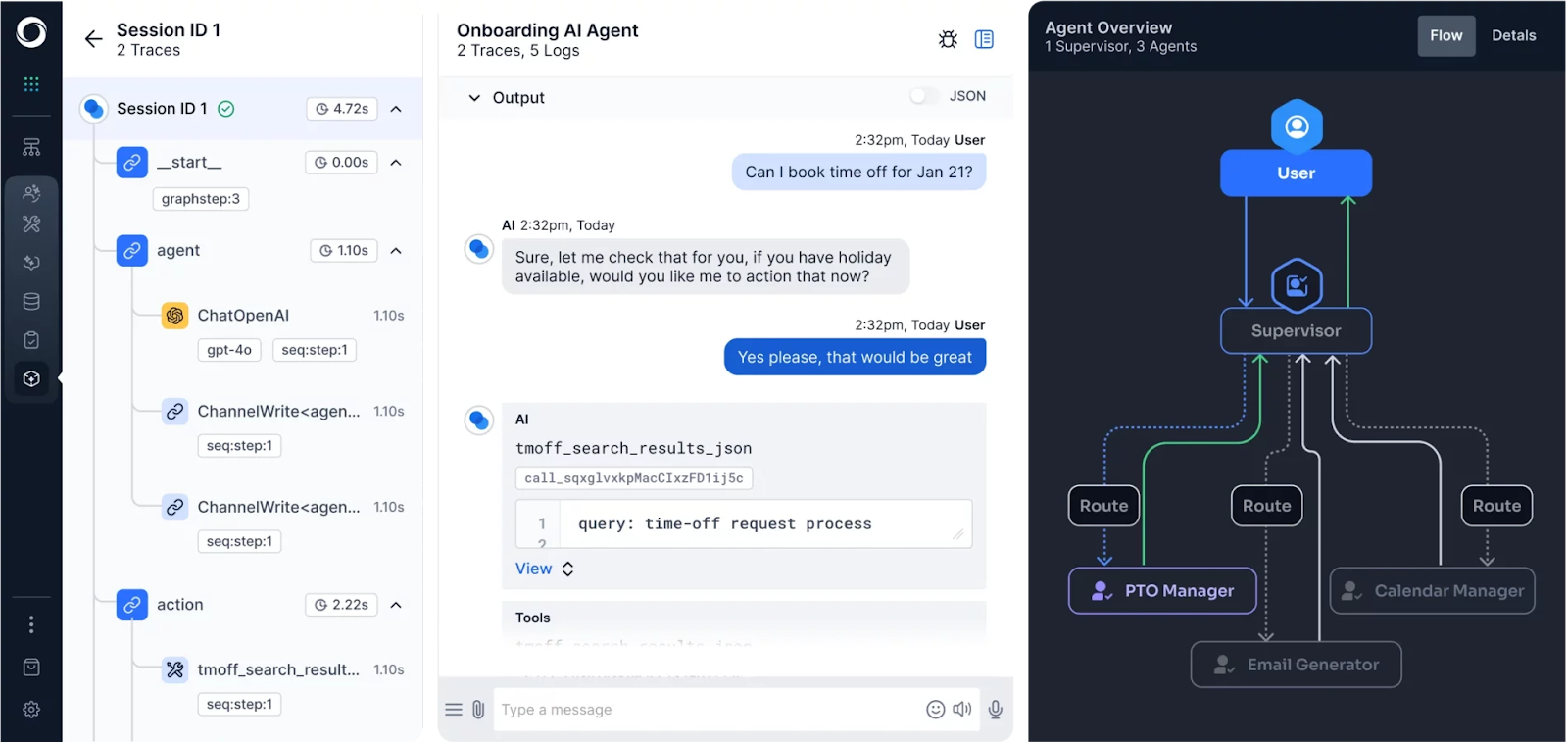
AI-Powered Automation and Chatbot Platforms
Artificial intelligence is everywhere nowadays: you see it all over chatbots, and you see it powering up those recommendation engines. AI takes the guesswork out of making dynamic content that feels so personalized that customers think you hand-picked it for them and even goes out of its way to do workflow automation.
AI is your key to scaling up your UCX. Look to solutions like Ada, Kore.ai, or Drift to take your self-service to the next level, cut down on egregious wait times, and actually personalize things for your customers.
Knowledge Management and Self-Service Tools
You want to measure and actually improve your UCX? Well, that requires specialized analytics platforms that encompass hyperspecific tools which visualize the full customer journey, rope together insights from your key KPIs, and show you the good, bad, and ugly of real-time feedback.
Taking care of your knowledge bases and self-servicing tools leads to these key benefits:
- Smart, searchable knowledge bases remain updated as new products launch and problems emerge
- Integrated, analytics-rich help widgets which offer customers relevant guidance at every turn and measure deflection and satisfaction in context
- Feedback analytics and real-time dashboards expose the high-friction moments and winning solutions in every workflow
- Personalization engines surfacing articles and videos tailored to both agent skill gaps and customer pain points
Seek out tools like Qualtrics, Medallia, and FullStory as these grant your teams the power to see behavior trends, flag high friction points, and comprehend what exactly are those emotional drivers of satisfaction or churn (both industry-specific and company-wide.
How to Measure Unified Customer Experience Success
Measuring UCX success means translating every interaction into clear, actionable insights that reflect customer sentiment, behavior, and operational efficiency. By tracking the right metrics, businesses can tie CX performance directly to loyalty, retention, and revenue growth.
Key Performance Indicators (KPIs) and Success Metrics
To measure UCX accurately, you need a mix of sentiment, behavior, and operational CX metrics. The following are the superstar KPIs that universally translate when we talk about how successful your UCX journey has been:
- Net Promoter Score (NPS): Gauges customer loyalty by asking how likely customers are to recommend your brand
- Customer Satisfaction (CSAT): Direct feedback on specific interactions or experiences
- Customer Effort Score (CES): Measures how easy it is for customers to accomplish a task (e.g., resolving an issue or placing an order)
- First Contact Resolution (FCR): Percentage of issues resolved during the first interaction: critical for support teams
- Churn Rate: The percentage of customers who stop doing business with you during a given period
- Conversion Rate by Channel: Measures how effectively different platforms contribute to customer goals
- Average Handle Time (AHT) and Resolution Time: Operational efficiency metrics that directly impact perceived CX
Analytics and Reporting Framework Implementation
The whole gist is clear: businesses need and want data that’s structured, accessible, and actionable. So it goes without saying that you need some form of a well-built and oiled analytics and reporting framework. Having this is what enables organizations to spot-check the full customer journey. And through that, they can better extract insights instantly and eventually connect experience metrics to business outcomes.
Strong CX analytics originates with looking for behavioral data across every digital and physical touchpoint. Yes, that means online clicks, in-store visitations, call center logs, and more. Journey mapping and attribution models pinpoint each touchpoint to reveal where drop-off is a danger. Predictive analytics takes the wheel when it comes to forecasting churn patterns and purchase intent. All of this ties back to ROI, the big ticket item: translating experience into tangible financials, justifying those investments and shaping future strategy.
Feedback Loop Implementation and Continuous Improvement
A well-planned and stocked feedback loop grants organizations the power to listen on every plane and channel, detect issues as they come. This works in the service of continuously optimizing the customer experience in response to what people want and need. Customer generated reviews, surveys they fill out, social media, and voice-of-customer (VoC) platforms: these create your understanding of sentiment and friction points.
Real-time alerting systems will shout out those telltale signs of escalation. Your teams are notified instantly and respond before your customers crash out. Closed-loop systems convert the abstract complaints into actions. Benchmarking tools give you the big telescopic view so you can actually compare CX performance against industry standards.
Last but not least, you have to continuously test, like consider using structured A/B experiments that tell you what sucks and what rocks. It never ends: listening, acting, measuring, and refining keep CX strategies working lickety split.
Unified Customer Experience Best Practices and Implementation Success Factors
You cannot pay to play to win the UCX game, victory comes from finding ways to best align your data, people, and processes. If your final goal and touchdown is to deliver seamless, personalized, and scalable experiences, you will need to add these practices to your playbook to ensure CX thrives.
Create Comprehensive Customer Profiles and Personalization Strategies
The first thing on your mind is clear: you’ve got to get that 360-degree bird’s-eye view of the customer. How? By combining demographics, behavioral observations, stated preferences, and interaction history into a living document of a profile. Dynamic personalization engines can then tailor content and service on the fly.
In the background, AI-powered segmentation targets customers to a tee based on app, website, and social media behavior. Predictive and proactive personalization sees those big wants and needs before they have to say so, all the while transparent and privacy-focused data practices ensure customers feel like you’re not a creepy ghost.
Balance AI-Powered Tools with Human Interaction
The two can co-exist and make you a ton of money, you just have to be smart about it. Bridging the worlds of automation and human support means letting AI handle routine tasks while sending over those tougher, complex, or emotional moments for flesh and blood crew.
Seamlessly hand off using smart protocols so customers aren't repeating themselves when escalated to a live agent. Meanwhile, emotional intelligence tools spot-check tone and context so your agents are backed by the right tools and training to bring empathy and flexibility that automation can’t just do.
Automate Repetitive Tasks While Maintaining Personal Touch
The best in UCX automation begins when you take the steps to properly identify your company’s repeatable processes. Yeah, think of things like confirmations, status updates, or scheduling, stuff that can be taken care of without sacrificing personalization.
Embedding customer data into these workflows is your golden ticket, allowing you to deliver relevance at scale. Predictive systems resolve those pesky repetitive issues before your customers jump at you about them, while self-service tools offer your users autonomy. Human oversight is the ingredient that keeps nuance and QC in the mix.
Collect Data and Regularly Evaluate KPIs
Successful UCX programs need to end with a continuous feedback loop. Do not let your system fall apart, be sure to take advantage and set up rock-solid, multi-channel data mining operations and real-time performance reporting. Clear KPIs tied to both customer satisfaction and business impact can spot trends, predict vibe shifts, and help you draft some real proactive strategies because the battle for better customer experiences never ends.
Industry-Specific Unified Customer Experience Applications
One-size-fits-all UCX is a lie and a pipe dream. UCX must be adapted to the operational limits, customer expectations, and compliance demands that each unique industry demands. From retail to healthcare, everyone is aligning data, channels, and technology to meet sector-specific needs. Here’s how UCX plays out per key vertical:
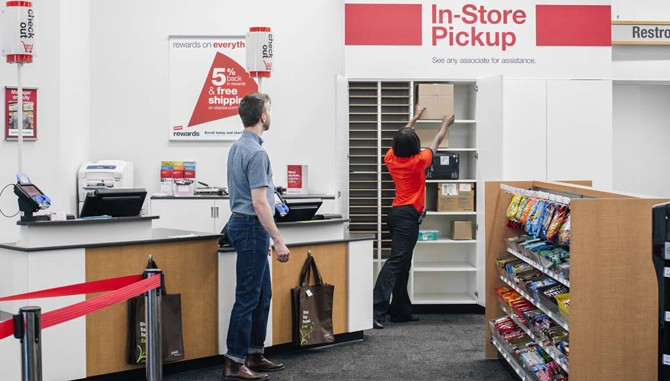
Retail and E-commerce Unified Customer Experience
UCX merges the digital and physical boundaries in the retail and e-commerce space to create a personalized experience customers can spot from anywhere and put both trust and dollars into. Online to offline integration is what allows vendors to fuse together pertinent browsing actions, purchasing behaviors, and fulfillment expectations into a smooth loop. Mobile commerce accounts for 54% of total e-commerce sales.[*] Someone might order online through the app, pick up in store, and eventually return products via mail and expect that to run smoothly and synchronously. People also want to know they can return or exchange regardless of whatever channel they use.
Other aspects include real-time inventory visibility regardless of whatever platforms customers use, so that customers come to the store armed knowing what they want is available. They also know if their potential consolation prize or second-choice items are there, circumventing them potentially deciding to give up on you and securing a potential sale. AI-powered recommendations and tailored campaigns via emails, socials, or even SMS keep your customers hooked and engaged, turning those impulse clicks into impulse buys. And you can't forget to add in those powerful loyalty programs where points, perks, and preferences are tied to the customer to give them a reason to consider you a second home.

Financial Services Unified Customer Experience
In financial services, trust, security, and consistency are the north stars to a successful and long-lasting customer experience. Unity across your existing mobile apps, online banking, and physical brick and mortar services is key to creating a robust and trustworthy financial management ecosystem. You have no room for error, and it’s gotta be frictionless while still complying with the big regulatory requirements like GDPR, CCPA, and other country-specific regulatory demands if applicable.
Fraud detection and identity verification processes have to feel non-invasive and just overall natural to the existing CX without introducing noteworthy or customer-annoying friction. Customers expect omnichannel delivery for them to trust you with their monetary details. Consistent tone, modern and welcoming branding, and on-the-dot, constant support across every financial touchpoint have to happen, or they'll simply find another institution. Customers want to get that seamless, professional guidance they need when necessary, whether they're online, over the phone, or at your actual bank, so be sure to integrate systems right so these advisory services happen without repetition or data breaches.
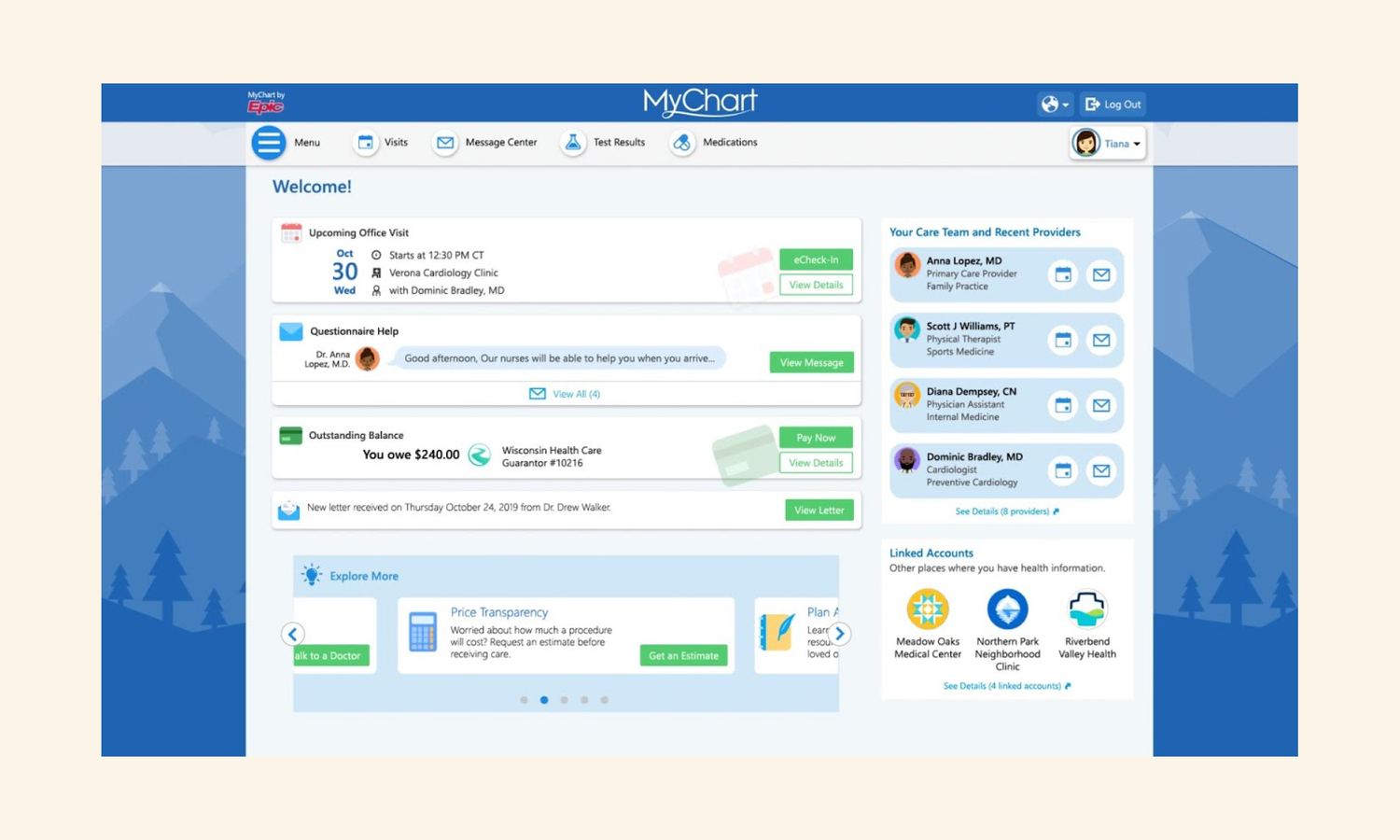
Healthcare and Life Sciences Customer Experience
In healthcare, UCX is the secret sauce that guides patients through their personal and complex journey with compassion and a clear view. It doesn't matter when: scheduling and diagnosis to the nitty gritty of treatment and follow-up, every stage is coordinated across systems and teams, and must be. Unified CX platforms fortify that connection between in-person and telehealth visits by consolidating patient records, any and all communication with personnel, and care plans into a single interface.
HIPAA compliance is existential, requiring that all experience layers respect privacy while remaining accessible. Portals work to centralize health information and allow patients to manage their appointments on their own time, view records when necessary, and contact care teams speedily. Coordination across physicians, specialists, and administrative staff ensures no part of the journey is disjointed, making for faster treatment and higher patient satisfaction.
B2B and Enterprise Customer Experience
In B2B and enterprise environments, UCX tackles your long sales cycles, helping you handle and convince multiple decision-makers, all while considering the weight of those high-stakes relationships (existing and potential). UCX in B2B starts with account-based CX management, which leverages engagement to hit those specific goals, needs, and personas within each client organization.
Coordination of those lengthy sales journeys demands only the tightest of alignments within your existing marketing, sales, support, and post-sale teams. All the while, juggling those multiple stakeholders, expecting consistency and perfection at every stage. Partnership and channel integration are so critical, as resellers and business partners only deliver when they manage to make on-brand and tonally correct experiences.
UCX is the Future of Sustaining and Building Customer Loyalty
You cannot afford to silo your CX these days, and UCX has become something of a non-negotiable competitive line in the sand: your key business imperatives rely on UCX. By taking the effort to align data, systems, and teams around a singular view of your customers, you forge partnerships that last a long time and reward you with reliable revenue.
Your success with UCX depends on coming up with strategies, collecting tools, and forging a mindset that works for your business and its UCX goals. Businesses that take these steps are leaders in a new landscape that demands continual improvement, robust personalization, and a human touch.
FAQs
Depending on business size and tech maturity, implementation can take 6 to 18 months, starting with pilot programs.
By integrating compliance protocols like GDPR, CCPA, HIPAA into every stage whether that’s platform selection, data governance, and customer communication.
Track key metrics like CSAT, NPS, CLV, conversion rate, FCR, and churn; analyze customer journey data over time.
Research shows a 4 to 8% lift in revenue growth, 10 to 25% increase in CLV, and 25 to 40% reduction in support costs.
Retail, financial services, healthcare, and B2B enterprises all see measurable gains from unified CX strategies.